Powerful and Intuitive Radiation Simulation Software
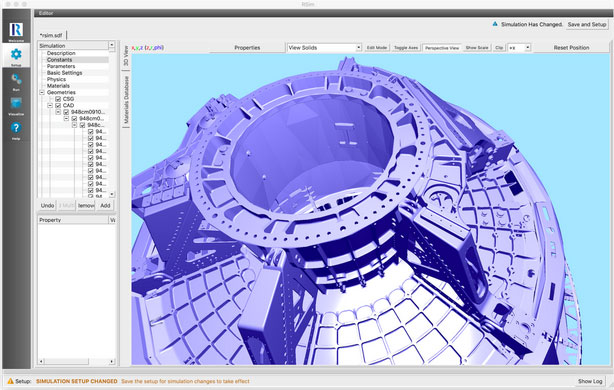
RSim is a Monte Carlo simulation tool that is based on Geant4, a well-established radiation transport model. Inspired by a project that designed radiation protection for the upcoming NASA Europa mission, RSim was further developed to offer ease of use, CAD importability, and visualization capabilities. With RSim, simulations are set up and run through the user interface, eliminating the need for C++ or Geant4 input commands. Additionally, RSim is integrated with CAD and offers shape healing, making it ideal for users working with complex geometries.
RSim features a unique geometric biasing source capability to expedite simulation times while obtaining accurate statistics. Multiple shape and mesh scorers, such as energy deposition, dose, and flux calculation, can be calculated using RSim and visualized in 3D against the modeled geometries. With RSim’s intuitive interface, a rich database of materials, and multiple options for radiation source customization, engineers can easily predict radiation effects, perform shielding calculations, and assess survivability in harsh surroundings like space.
“RSim is enabling NASA to assess mission plans by quantifying human exposure to space radiation using complex CAD models, such as the crewed Orion exploration vehicle, and it does so with a GUI that allows a non-expert in Geant4 to get to meaningful results very quickly.”
Kerry Lee
Physical Scientist, NASA
Ready to learn more?
Radiation transform Modeling with RSim
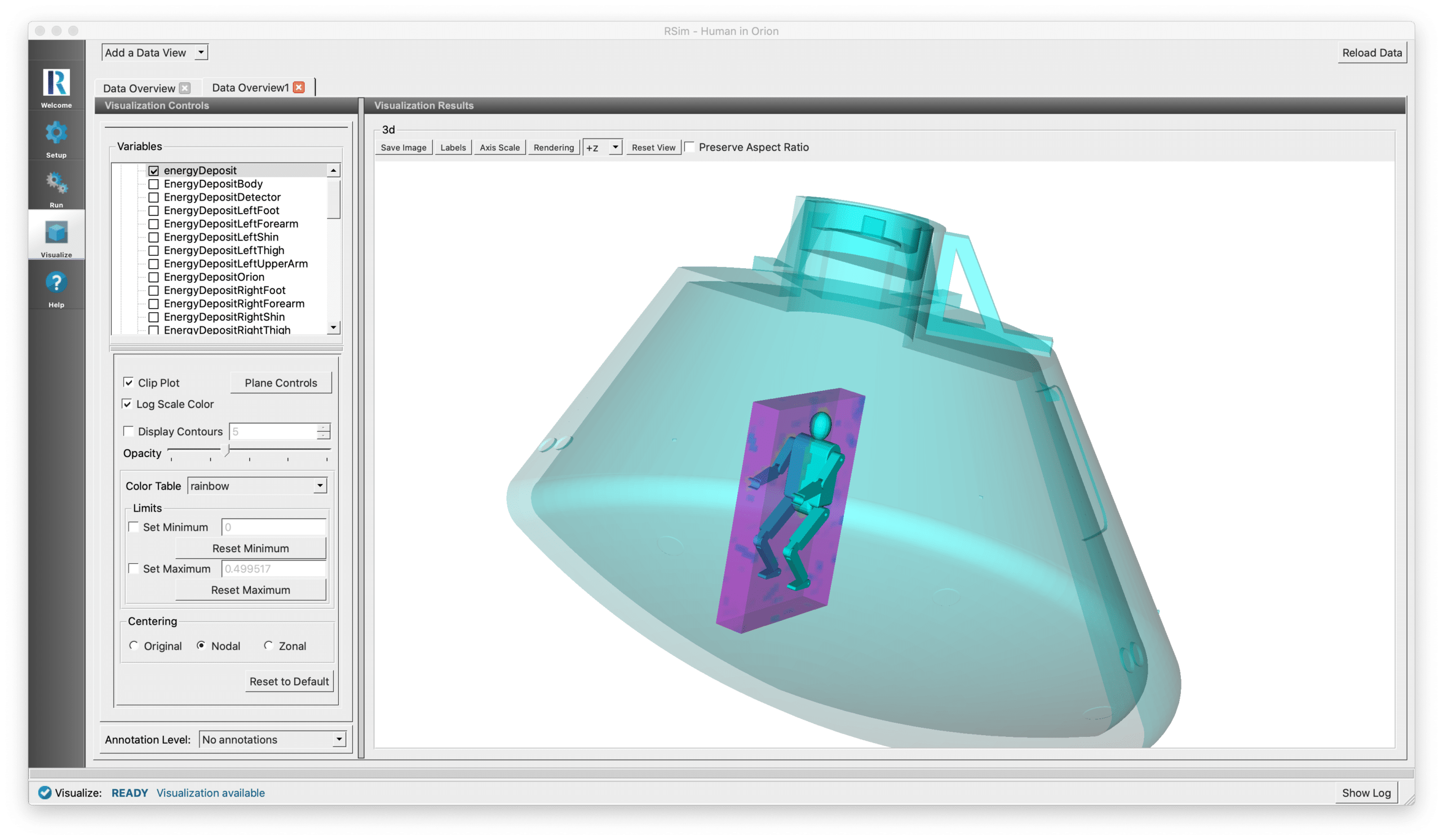
User-Friendly
Versatile and Detailed
RSim includes a rich database of over 700 materials and users can create new materials as needed. A variety of radiation sources can be specified, and RSim users can compute multiple volume and mesh quantities.
With RSim, users receive results more detailed and refined than those received from current probe based radiation assessment equipment.
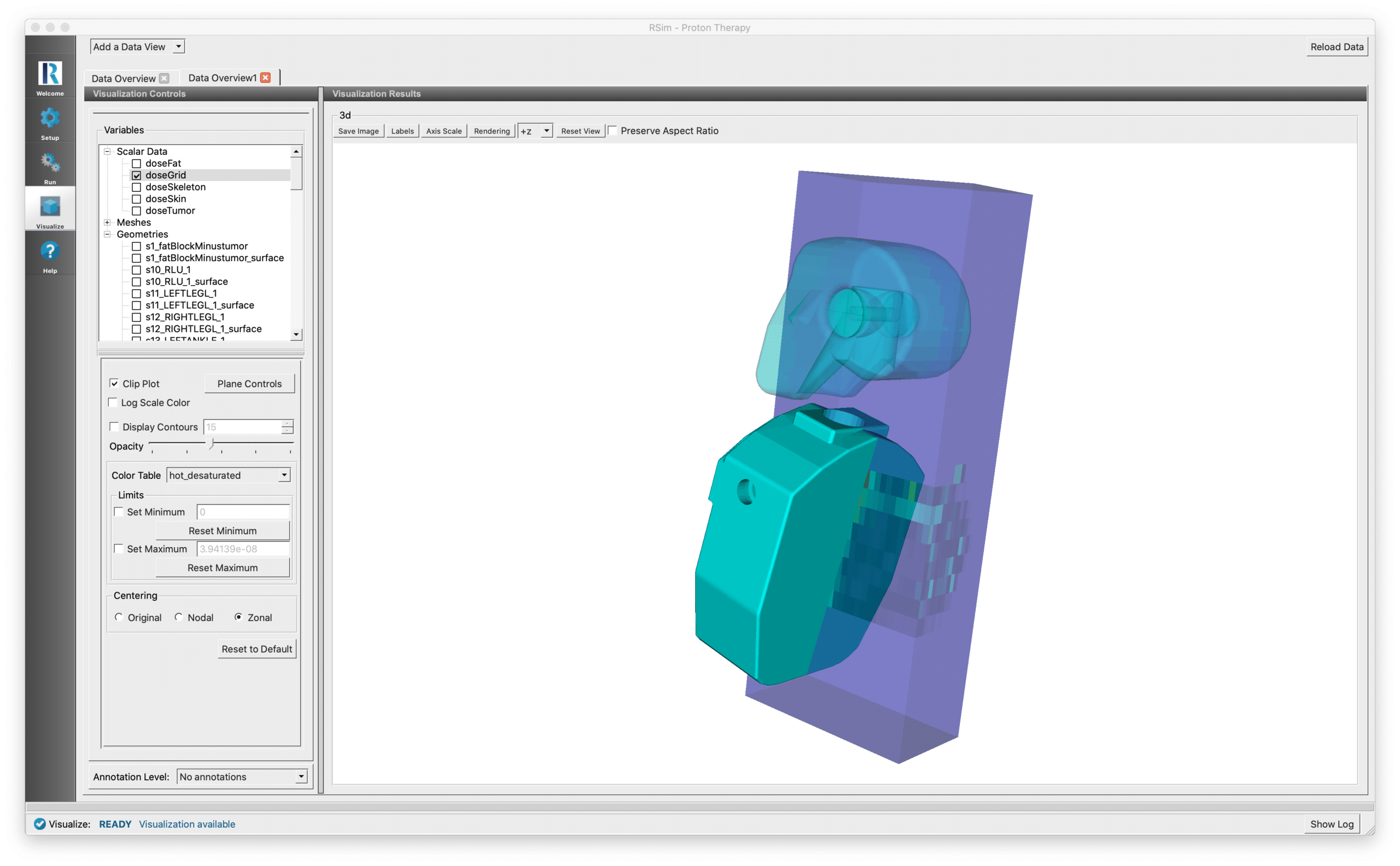
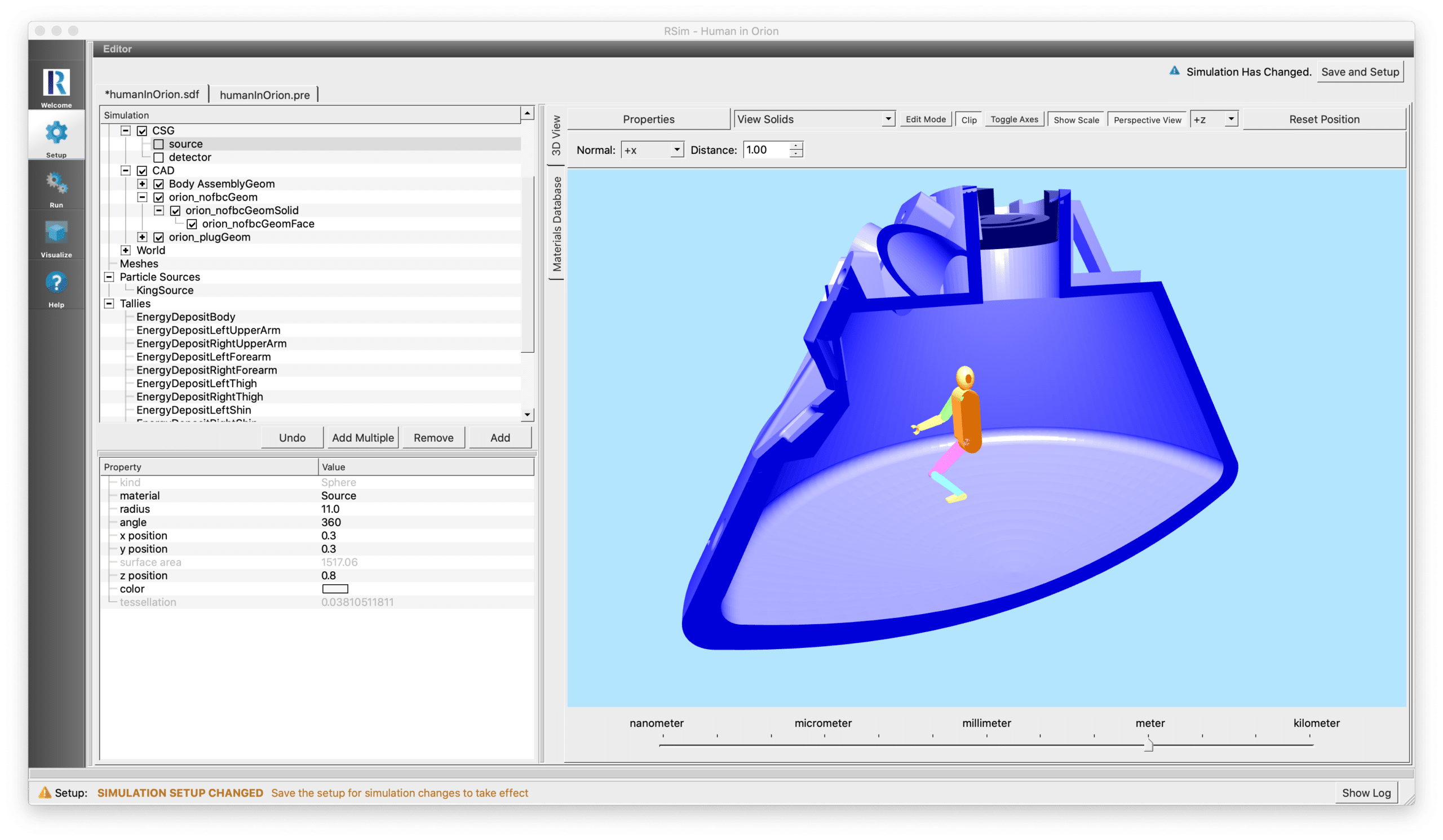
Trusted
RSim Simulation Features
- User friendly interface
- 700 material database
- New material creation
- Material annotation through the GUI and text
- Standard Particle Sources
- Tabulated Data Energy Spectrum Source
- Geometric Biasing of Particle Sources
- CAD importability of the following file types: STEP, GDML, H5M, & STL
- Shape healing of imported CAD files
- Geometry export to STL, GDML, H5M, and Tetgens formats
- Multiple mesh and volume scorers
- Volume and mesh scoring visualization
- 3D visualization
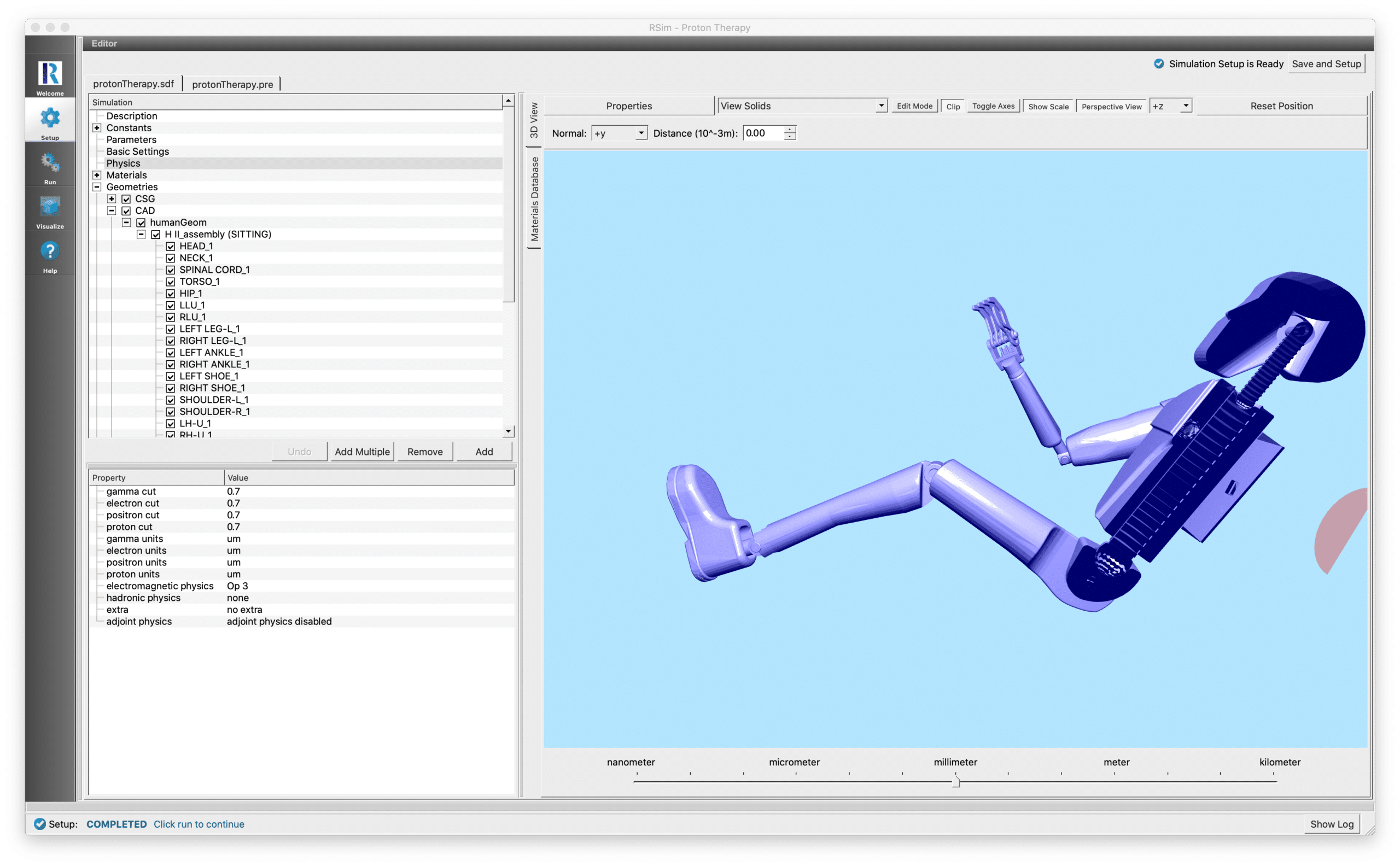
Ready to Model Radiation Transform?
Applications for RSim
Radiation Shielding
Radiation Effects

